In a route through northern Morocco, and just half an hour on the highway south of Ceuta, the city of Tetuan It will bring you great surprises.
What makes it a essential visit is undoubtedly your medinadeclared Heritage awarded by the Unesco because it is a fortified enclosure with these characteristics in Morocco which best preserves its original 15th century structure.
Although I don't know it yet, I know that due to its size and authenticity, the Tetouan medina It is only surpassed by medina of fes, although the Tetouanis say it is much cleaner. I sense that it will be true.
But in your walk through Tetouan You will see two very different souls, each one of great interest.
On the one hand, the historic medina, and on the other, the Spanish Quarter: Ensanche Spanish, the true current center of the city and legacy of the Spanish colonial presence during the time of Protectorate.
All the information in detail
Curiosities history of Tetouan and the Spanish Protectorate
While the history of Tetouan It dates back to the 3rd century BC, when the city of Tamuda, occupied first by the Phoenicians and then for the Romans, it was in the 15th century when the walled enclosure of the Tetouan medina to defend the city from the rebellious tribes of the Rif.
It was at the end of the 1492th century when it had its first relationship with Spain by welcoming the Muslims and Jews who in XNUMX had been expelled by the Spanish inquisition, which became a prosperous city andalusian.
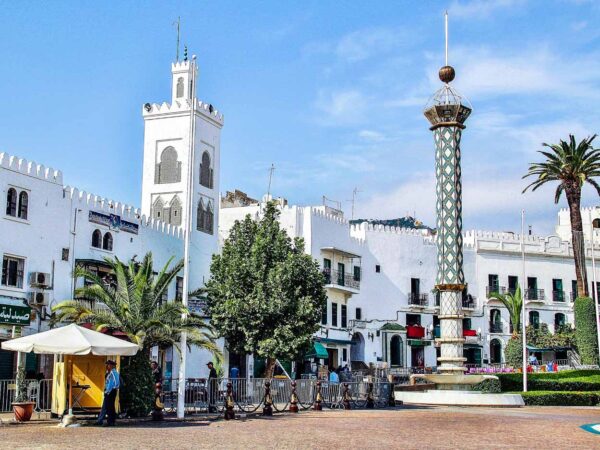
Centuries later, after a brief Spanish occupation in 1860, in 1913 the Spanish Protectorate of Morocco y Tetuan it became the capital, until in 1956 the independence agreement was reached Morocco.
This period of the protectorate was a time of great boom for the city, which I have been able to verify is remembered with nostalgia by some old Tetouanis with whom you can chat in perfect Spanish.
Although, yes, it was also a period of wars due to the resistance of the local population to the occupation, such as the Rif War (1923-27).
Now when you get to Tetuan For your visit, the first thing that will surprise you is that it is a non-touristy city, where you will hardly see Westerners.
It is a very extensive city, but your visit should focus on a walk through the medina and Spanish Quarter.
What to see when visiting the Spanish Quarter of Tetuán
This neighborhood developed at the beginning of the 20th century next to the aforementioned medina, and currently extends westwards from the great Royal Palace Square that separates the medina from the aforementioned Spanish expansion.
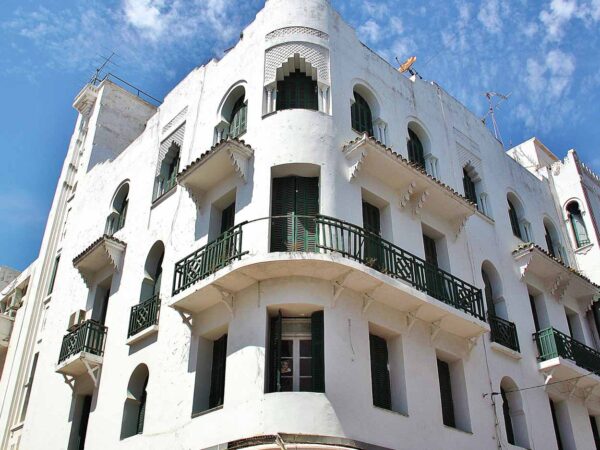
From there you will reach the Moulay El Hehdi square, the true nerve center of the city, which will be easy for you to distinguish because there is the iChurch of Our Lady of Victoria, from 1919, the only catholic church de la ciudad.
When you walk through this section and through adjacent streets, all perpendicular, you will see a succession of buildings with characteristic colonial architecture.
Each of the buildings with slightly different facades, in which buildings of the Spanish Quarter The white color of the facades stands out, combined with the characteristic green color of Tetuan, as well as its balconies.
“The time between seams” and Tetouan
You will recognize that bright neighborhood with striking facades as the protagonist of a novel The time between seams de Maria Dueñas, later popularized as a television series.

During your walk you will see many establishments that maintain their name in Spanish, such as the Granada hair salon.
He too Andalusia bar, an apparently closed place, but with its interior always very lively with Moroccan men because it is one of the very few places in Tetouan where you can consume beer, or the cinema avenue, with its double session cinema image.
Also next to the Royal Palace Square you will see the Spanish Theater, recently restored, and one of the icons of the Spanish Quarter of Tetouan.
Other corners are the old Spanish Casino, from the 20s, and the General Library and Archives of Tetuán 30 the years.
ORGANIZE your TRIP
- Don't forget your TRAVEL INSURANCE with a 5% discount
- Book the HOTEL for your trip
- RENT a CAR for your trip
- The best TOURS and EXCURSIONS in Spanish
- NO-LINE TICKETS for museums and monuments
- Best FREE TOURS around the world
- Book your TRANSFER from the airport
- eSIM card with INTERNET at the best price
DON'T FORGET YOUR TRAVEL INSURANCE
Are you organizing your trip to morocco? Don't leave without take out your travel insurance before, and here we explain why. If you hire it with us, you have a 5% discount
And you will also see the building of the old barracks Servicio Marítimo Guardia Civil, as well as the house where he lived Franco dictator during his stay in the north of Morocco.
In short, a return to colonial era of Spain in North Africa, but in a totally Moroccan atmosphere.
Photos of the Spanish Quarter of Tetuán
Here you have more photos of various corners of the Spanish Quarter of Tetuán, north of Morocco.


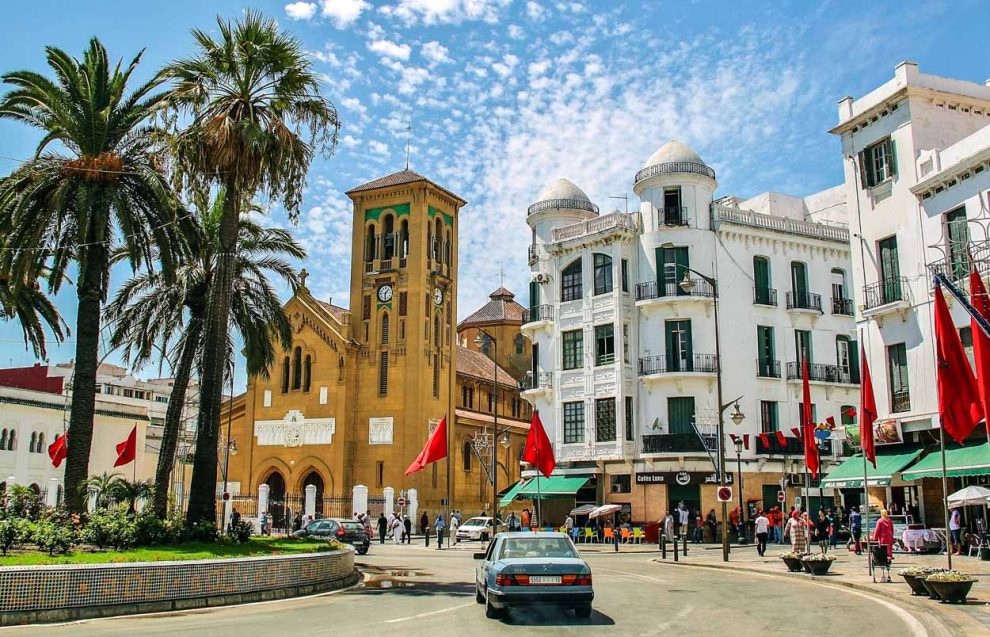
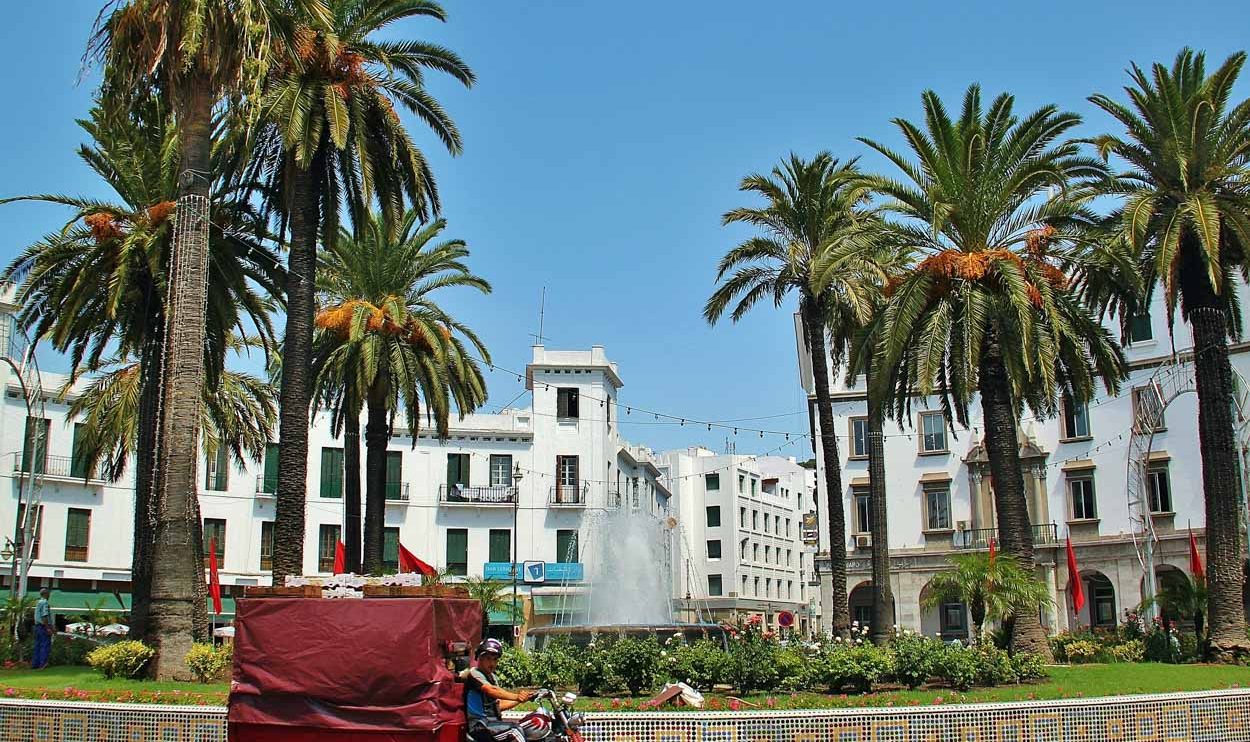


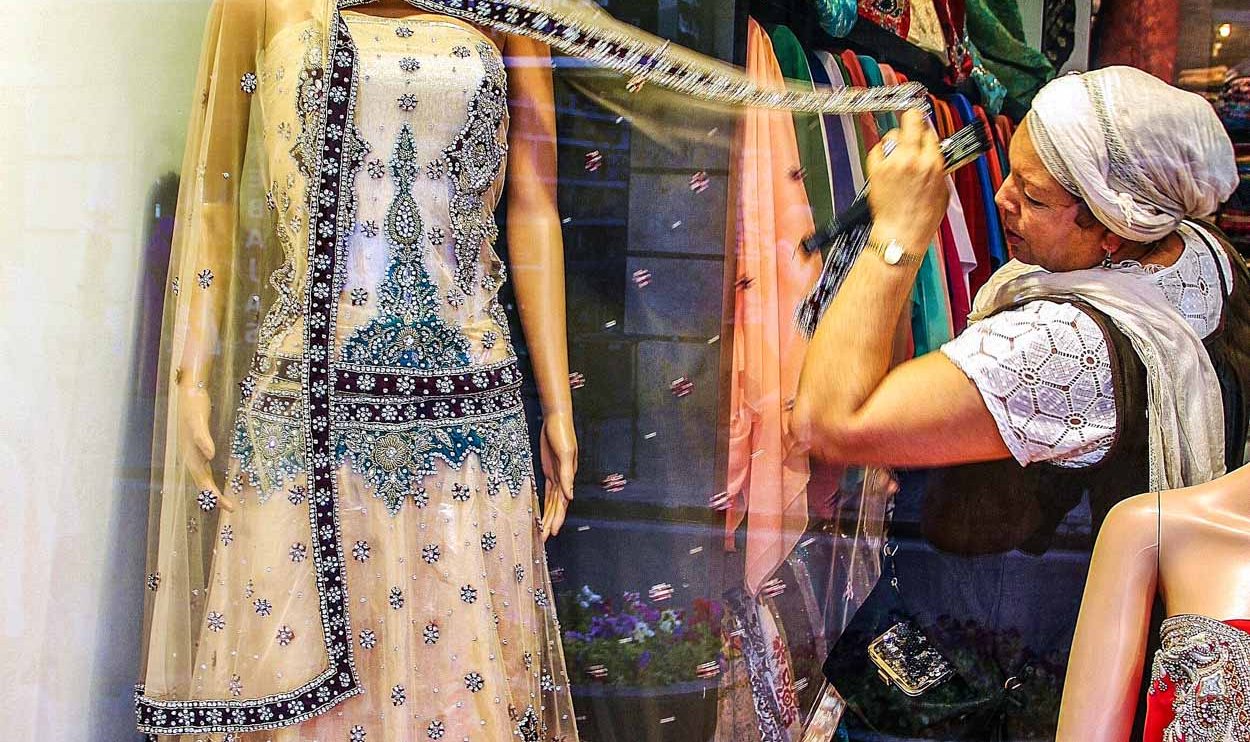

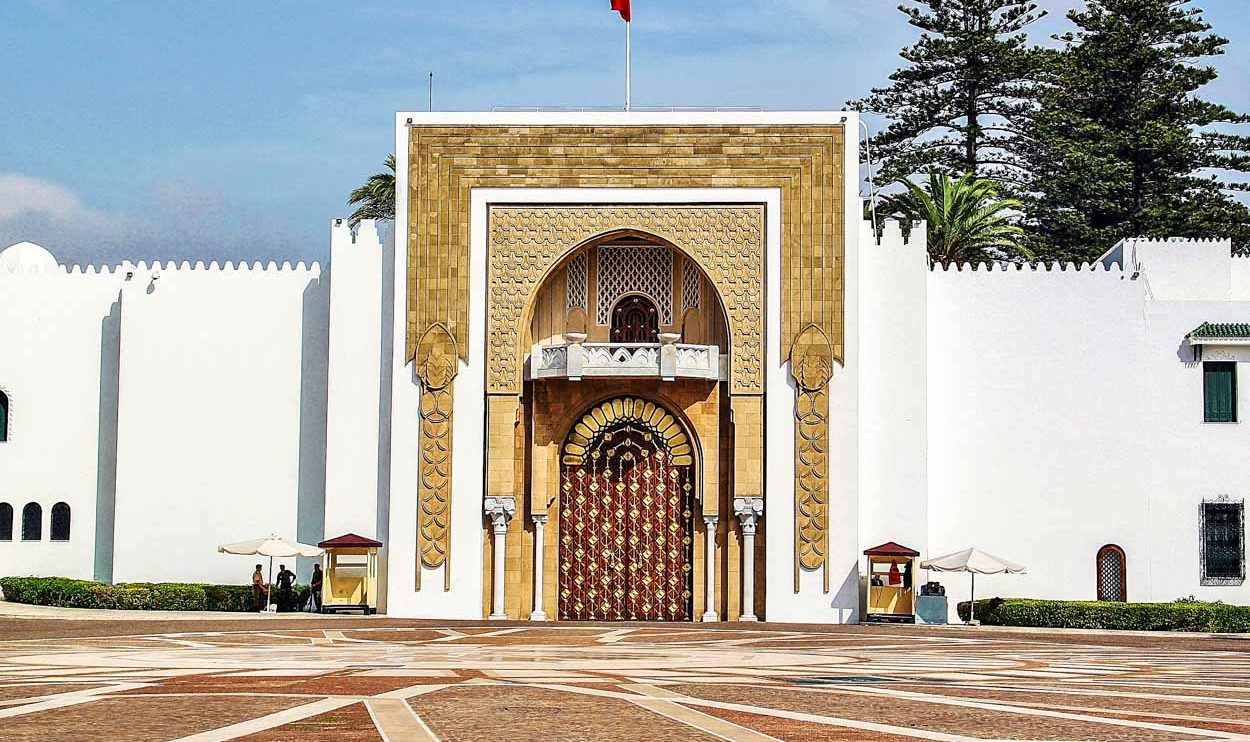
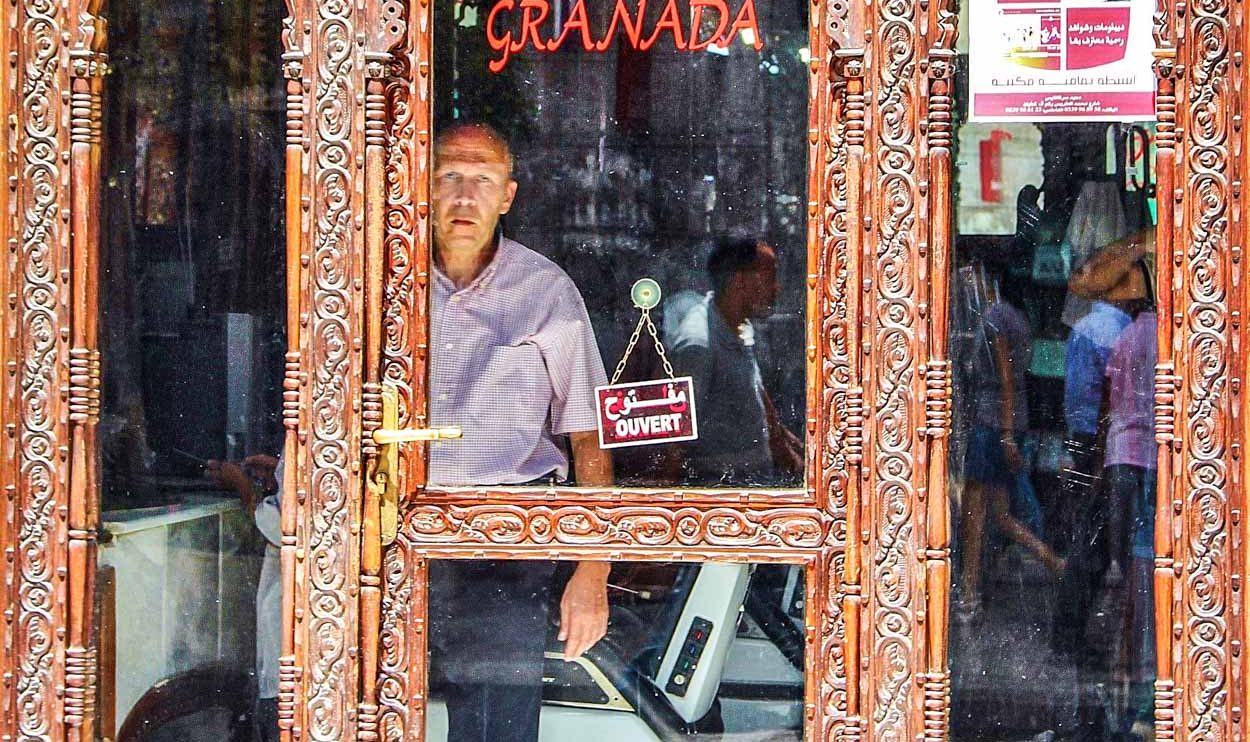
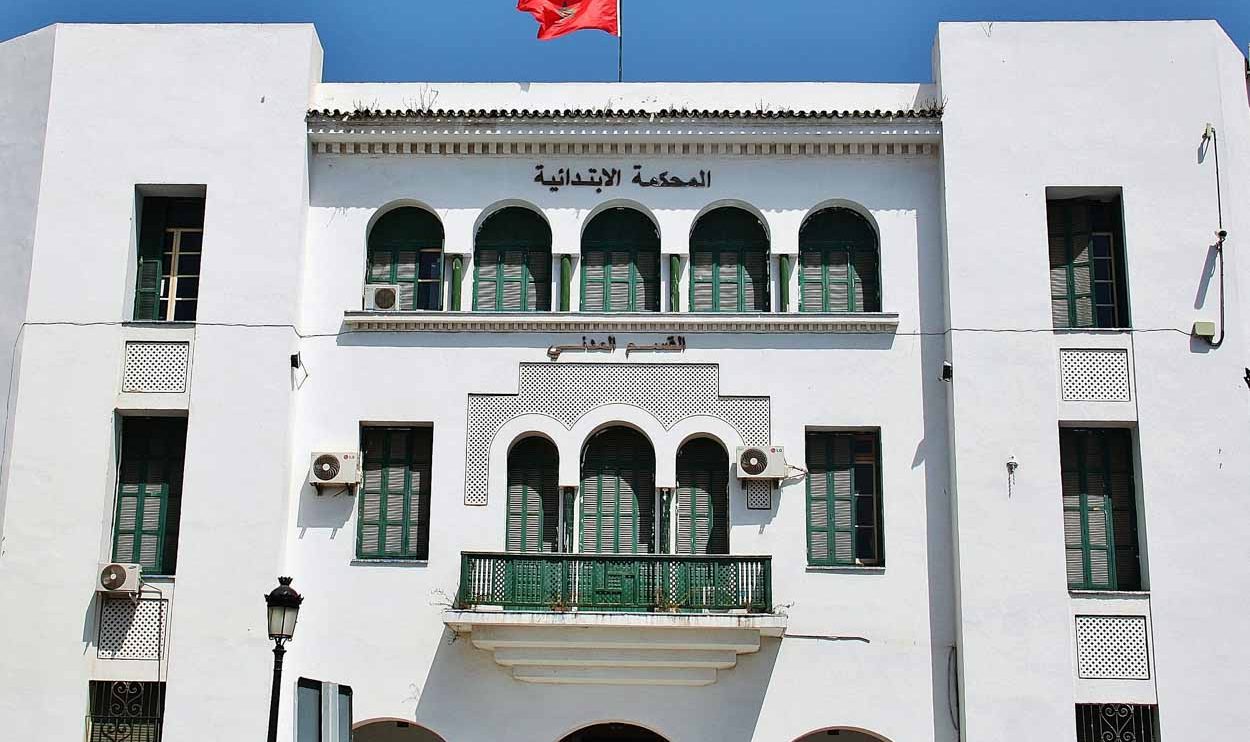
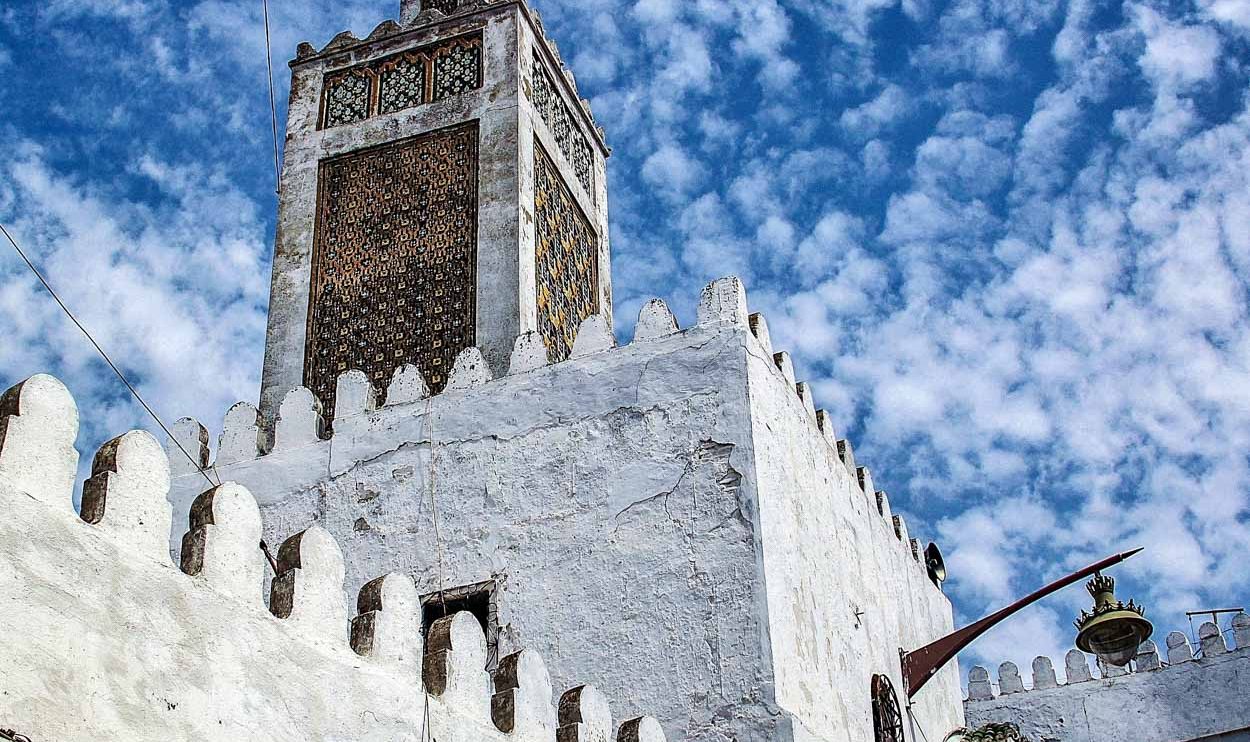
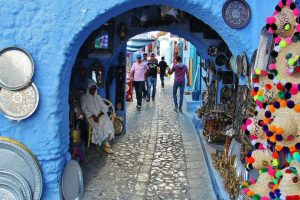
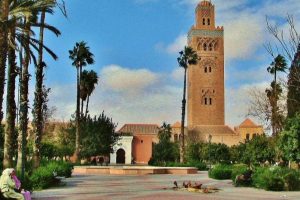












Tangier and Tetouan are my 2 favorite cities in Morocco. They miss me.